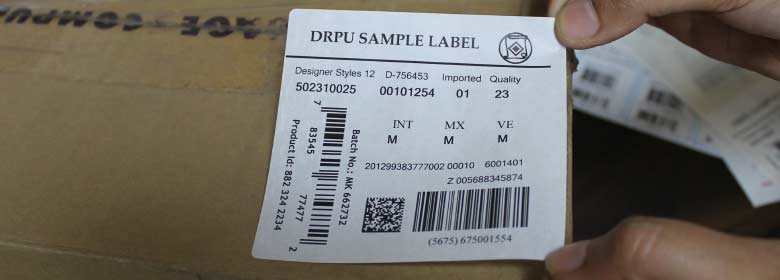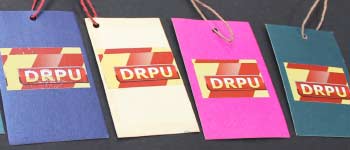Industrial Barcode Feature
Posted By: Tech Solution | Last Updated On:
Industrial barcodes can improve efficiency and accuracy in a wide range of industrial applications, resulting in cost savings, increased productivity, and improved quality.

How Do Industrial Workers Ensure The Accuracy And Quality Of The Information Encoded In Barcodes?
Ensuring the accuracy and quality of information encoded in barcodes for industrial applications is critical for efficient inventory management and supply chain operations. Here are some ways that workers can ensure accuracy and quality:
-
Check for Accuracy:
Workers should double-check that the information encoded in the barcode matches the product details. They should also verify that the barcode is scannable by using a barcode scanner.
-
Use High-Quality Barcodes:
Workers should ensure that the barcodes are high quality and can be easily read by barcode scanners. This means that the barcodes should be printed clearly, with a high resolution and good contrast.
-
Use high-quality barcode printing equipment:
Using a high-quality barcode printer can help ensure that barcodes are printed clearly and accurately. A low-quality printer may produce barcodes that are unclear or smudged, making them difficult to scan.
-
Verify barcode readability:
Barcode scanners should be used to verify that the barcode can be easily read and that the information encoded is accurate. Workers should be trained on how to use a barcode scanner to verify readability.
-
Use Standardized Barcodes:
Workers should use standardized barcode formats, such as GS1-128 or Code 128. These formats have been widely adopted and are recognized by most barcode scanners.
-
Regular Maintenance:
Workers should regularly maintain and clean barcode scanners to ensure they are working correctly. This includes cleaning the scanner lens and testing the scanner to ensure it can read different types of barcodes.
-
Validate data accuracy:
Before encoding data into a barcode, workers should ensure that the data is accurate and complete. Barcode software may have features that can help validate data accuracy before encoding it..
Overall, ensuring the accuracy and quality of information encoded in barcodes requires attention to detail and a commitment to following best practices for barcode labeling and scanning. Regular training, equipment maintenance, and quality control checks can all help ensure that barcodes are reliable and accurate.
Recently Published Article

- ✅ Information related to Distribution Barcode Application
- ✅ Automated Barcode Scanning Systems in Packaging
- ✅ Benefits of Distribution Barcode Systems
- ✅ Barcode Software for Banking Industry
Download Our Barcode Software >>>>>
Various Way To Improve Efficiency And Accuracy In Industrial Processes
Industrial barcodes can help improve efficiency and accuracy in a variety of industrial applications, including manufacturing, logistics, and inventory management. Here are some examples:
-
Data Entry Automation:
Barcodes can automate the data entry process by allowing workers to quickly scan a barcode to input product details into a computer system. This reduces the time and errors associated with manual data entry.
-
Inventory Management:
Barcodes can be used to track inventory levels and locations, allowing for more accurate and efficient inventory management. Workers can quickly scan barcodes to update inventory records, reducing the time and errors associated with manual inventory tracking.
-
Quality Control:
Barcodes can be used to track quality control data, such as product inspection results and manufacturing dates. Workers can quickly scan barcodes to access this information, improving the accuracy and efficiency of quality control processes.
-
Product Tracking:
Barcodes can be used to track products throughout the supply chain, from manufacturing to distribution to retail. This allows for more efficient tracking of products and reduces the risk of lost or misplaced items.
-
Cost Savings:
By improving efficiency and accuracy, industrial barcodes can help reduce costs associated with errors, delays, and manual processes. This can result in significant cost savings for companies.
-
Manufacturing:
Industrial barcodes can improve efficiency and accuracy in manufacturing processes by automating data entry and tracking products as they move through the production line. Barcodes can be used to track materials, monitor work in progress, and record inspection results, reducing errors and increasing efficiency.
-
Logistics:
Industrial barcodes can improve efficiency and accuracy in logistics by enabling quick and easy tracking of products as they move through the supply chain. Barcodes can be used to track products from the point of manufacture to the point of delivery, reducing errors and delays.
Overall, industrial barcodes can improve efficiency and accuracy in industrial processes, resulting in cost savings and improved productivity for companies.